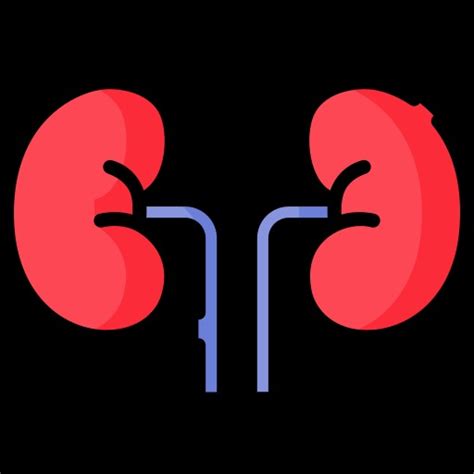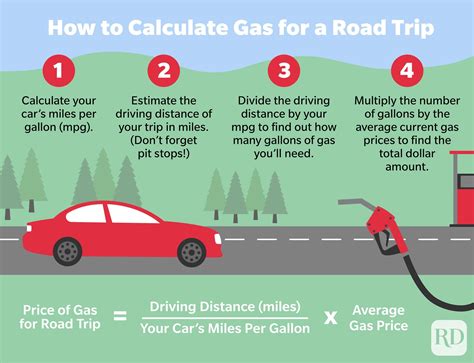For males engaging in prolonged physical activity, the body’s ability to efficiently metabolize fats for energy is a cornerstone of sustained performance and endurance. While carbohydrates offer quick fuel, fat reserves provide a much larger and more enduring energy source. However, this metabolic machinery is highly sensitive to the body’s internal environment, with hydration status emerging as a critical, yet often overlooked, variable. Fluctuations in hydration can profoundly impact enzymatic activity, blood viscosity, and thermoregulation, all of which are pivotal for efficient fat oxidation.
The Basics of Fat Metabolism in Exercise
During prolonged, moderate-intensity exercise, the body progressively shifts from primarily burning carbohydrates to relying more heavily on fats. This process, known as fat oxidation, involves breaking down triglycerides (stored in adipose tissue and muscle) into fatty acids, which are then transported to muscle cells and converted into ATP via beta-oxidation and the Krebs cycle. Factors like exercise intensity, duration, training status, and diet all influence the rate and extent of fat utilization. For men with typical metabolic rates, this shift is a key adaptive mechanism for endurance, sparing glycogen stores and delaying fatigue.

Hydration’s Direct Impact on Metabolic Processes
Dehydration, even at mild levels (1-2% body weight loss), can initiate a cascade of physiological changes that directly impede fat metabolism. Firstly, adequate hydration is essential for maintaining optimal blood volume. A reduction in blood volume due to dehydration increases blood viscosity, making it harder for the heart to pump blood efficiently. This reduces blood flow to working muscles and, crucially, to adipose tissue, impairing the transport of fatty acids from storage sites to the muscles where they are needed for energy.
Secondly, metabolic reactions, including those involved in fat breakdown, are enzyme-driven processes. Enzymes require an optimal aqueous environment to function effectively. Dehydration can alter cellular fluid balance, reducing the activity of key enzymes involved in lipolysis (fat breakdown) and beta-oxidation, thereby slowing down the rate at which fats can be converted into usable energy.
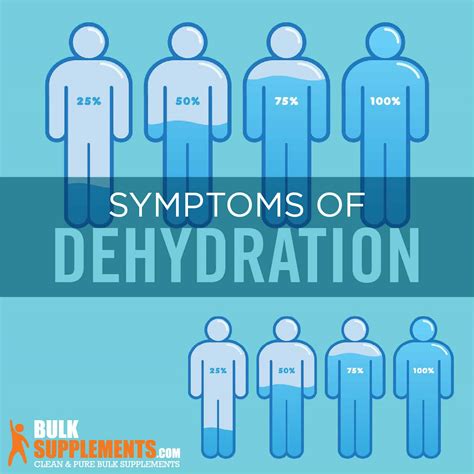
Thermoregulation and Fuel Utilization
Prolonged physical activity generates significant heat, and the body’s primary mechanism for cooling is sweating. Dehydration compromises the sweating response, leading to an increase in core body temperature. Elevated core temperature further stresses the cardiovascular system and can directly impair muscle function. Research suggests that hyperthermia can shift fuel utilization away from fats and towards a greater reliance on carbohydrates. This is partly due to increased sympathetic nervous system activity and the release of catecholamines, which promote glycogenolysis (glycogen breakdown) and may inhibit fat oxidation at higher temperatures.
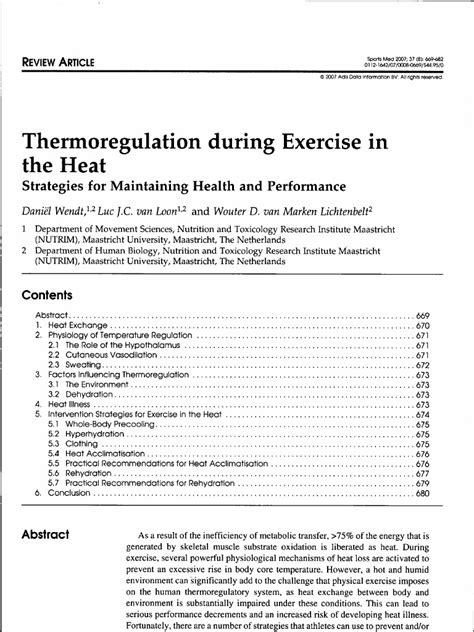
Consequences of Impaired Fat Oxidation for Performance
When fat metabolism is compromised by fluctuating or suboptimal hydration, the body is forced to rely more heavily on its limited carbohydrate (glycogen) stores. This premature depletion of glycogen leads to earlier onset of fatigue, often referred to as ‘hitting the wall’ or ‘bonking,’ and a reduction in exercise performance. For male athletes, this translates to slower speeds, reduced power output, and an inability to maintain intensity during the latter stages of prolonged events. Furthermore, inefficient fat utilization means that the individual may not be able to sustain activity for as long as they would with proper hydration, directly impacting endurance capacity.

Practical Implications for Male Athletes
For men aiming to optimize their endurance performance and efficient fat burning during prolonged physical activity, maintaining a stable and optimal hydration status is paramount. This involves:
- Pre-hydration: Starting exercise well-hydrated.
- During-exercise hydration: Consuming fluids regularly, ideally with electrolytes, to match sweat losses.
- Post-exercise rehydration: Replenishing fluid and electrolyte deficits.
Monitoring urine color and body weight changes before and after exercise can serve as simple indicators of hydration status. Understanding that even minor dehydration can significantly hinder the body’s fat-burning capabilities underscores the importance of a meticulous hydration strategy.
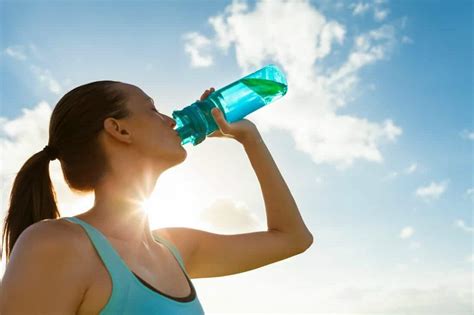
Conclusion
The intricate relationship between hydration and metabolism reveals that for men engaged in prolonged physical activity, a fluctuating or suboptimal hydration status is a direct impediment to efficient fat oxidation. By affecting blood volume, enzyme activity, and thermoregulation, dehydration forces the body to rely more on less sustainable carbohydrate stores, ultimately compromising endurance and performance. Prioritizing consistent and adequate hydration is not merely about preventing thirst; it is a fundamental strategy for unlocking the full potential of the body’s fat-burning engine and sustaining peak performance.
